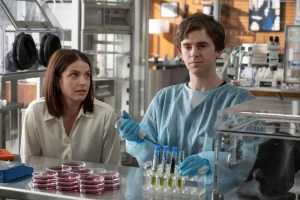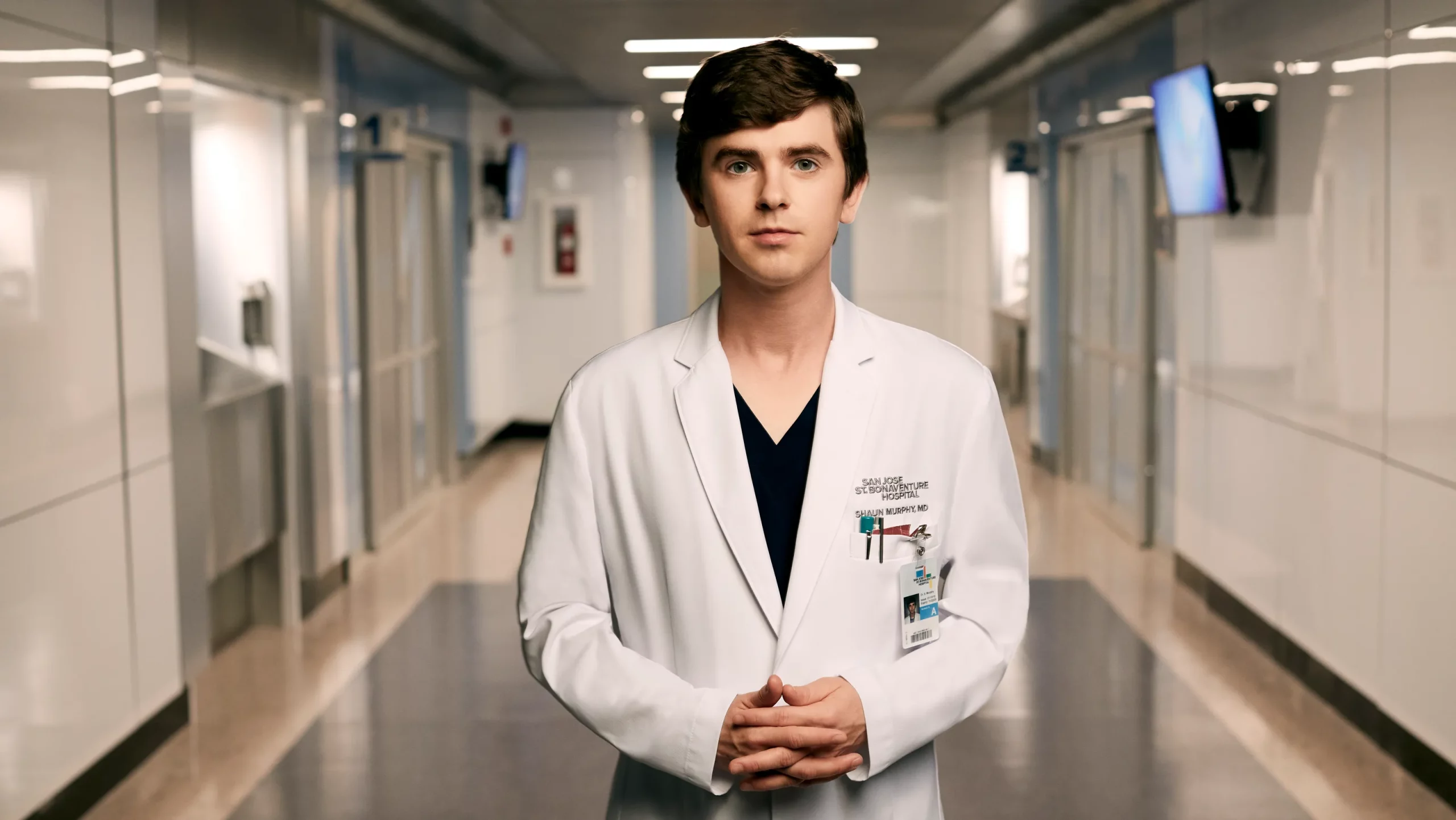The Good Doctor has always thrived on the small moments, the nuanced interactions between characters that add depth to the narrative. In the final days of filming, these intimate scenes took on a heightened significance. The last scene with Paige Spara was particularly poignant, set in the residence lounge, the last set standing as the rest were dismantled. These moments encapsulate the essence of the show, highlighting the profound connections between characters.
A Bittersweet Goodbye to Freddie
When the director called the final “wrap” on Freddie Highmore, the emotions were complex. Highmore compared the experience to graduation: a mix of nostalgia for the past and excitement for the future. He expressed a deep sense of gratitude for the special bonds formed over the years and the unique experience of portraying Shaun Murphy. Yet, like any graduation, it marked a healthy and necessary transition to new opportunities and adventures.
Shaun’s Evolution
Reflecting on Shaun’s character arc, Highmore acknowledged the intentional growth written into his role. From the beginning, there was an end goal of Shaun becoming a father, a natural and fulfilling conclusion to his journey. However, the character’s evolution extended beyond initial expectations, demonstrating significant growth and change over the seven-year run of the series. This continual development kept the portrayal dynamic and challenging, providing a rich narrative for both the actor and the audience.
Shaun and Dr. Glassman

One of the standout scenes in the penultimate episode involved a touching moment between Shaun and Dr. Glassman, played by Richard Schiff. Shaun’s simple act of putting his arm around Dr. Glassman symbolized the role reversal in their relationship. It was a subtle yet powerful gesture, reflecting Shaun’s growth and his understanding of emotional support. This scene highlighted how far Shaun had come in his journey, from being the one cared for to becoming a caregiver himself.
The Emotional Final Scenes
Filming the last scenes with Richard Schiff and the rest of the cast was a deeply emotional experience for Highmore. The realization that this routine of working closely with a beloved cast was coming to an end hit hard. However, the final episodes were filled with meaningful goodbyes and celebratory moments, offering a fitting send-off for each character. The return of Antonia Thomas, despite her character Claire’s challenging storyline, brought a sense of closure and a reminder of how far the characters had evolved.
The Legacy of The Good Doctor
“The Good Doctor leaves behind a significant legacy, particularly in its portrayal of neurodivergent individuals. Highmore expressed pride in the show’s potential to challenge stereotypes and misconceptions about autism. By telling Shaun’s unique story, the show aimed to increase awareness and understanding of autism, demonstrating that individuals on the spectrum can indeed grow and evolve just like anyone else. While Shaun’s journey is unique, it served as a starting point for broader conversations about autism.
New Horizons for Freddie Highmore
As “The Good Doctor concludes, Highmore looks forward to new opportunities. While not actively seeking another procedural, he remains open to unexpected projects, much like how “The Good Doctor came to him shortly after “Bates Motel.” This summer, he will be working on a British miniseries, a project that promises to offer new challenges and experiences. Highmore also expressed interest in continuing to produce, develop, write, and direct, enjoying the broader aspects of the creative process.
A Fond Farewell and an Exciting Future
The end of “The Good Doctor marks both a farewell to a beloved character and the beginning of new journeys for Freddie Highmore and the cast. The show’s impact on the portrayal of neurodivergent individuals in media and its ability to connect with audiences through nuanced storytelling remembered fondly. As the cast moves on to new projects, the legacy of “The Good Doctor will continue to resonate, inspiring conversations and challenging perceptions long after the final episode has aired.




